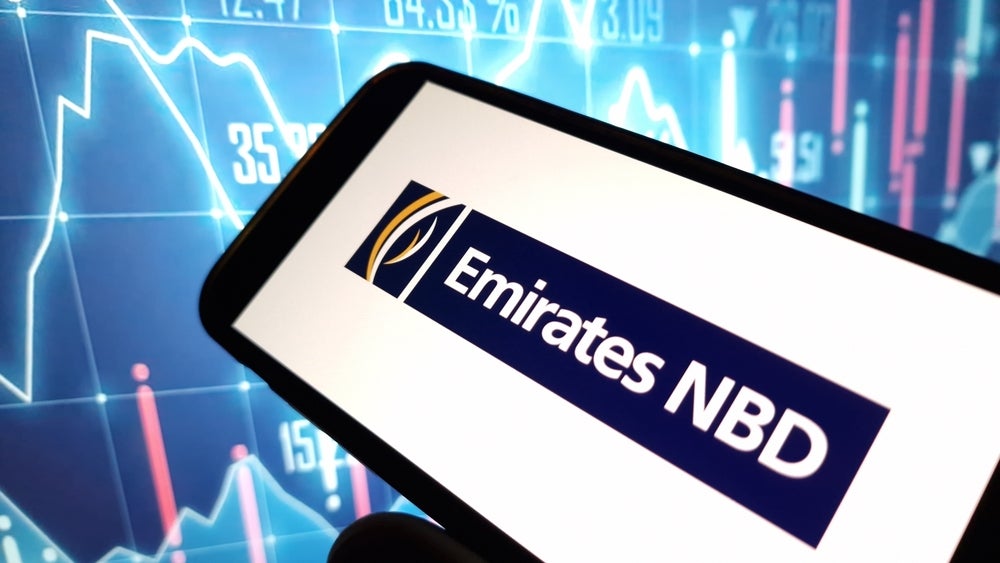The new breed of entrepreneur has a much more hands-on
approach to charitable giving demanding new services from their
wealth managers. Alison Ebbage finds out about venture
philanthropy, hyper-local giving and how government spending cuts
could help boost the charitable sector.
The nature of philanthropic giving
is changing. As a new generation of entrepreneurs realise their
wealth they want to choose their causes carefully and get much more
involved than their cheque-writing predecessors.
It is about giving time and sharing
skills and networks – much like building a business – and aptly
named venture philanthropy.
“When people are selling a company,
or otherwise realising wealth, they have the time to focus on their
giving in a more structured way,” says Rebecca Eastmond, head of
EMEA philanthropy at JP Morgan Private Bank.
“That means that people are
thinking hard about how to best make their giving work. The trend
is giving to a smaller amount of charities over a longer time
frame.”
A number of high-profile
entrepreneurs, notably Bill Gates, have publicly professed the
desire to do something meaningful and lasting with their
wealth.
Private banks are a key link in the
philanthropic chain. They can work with the client to identify
causes that resonate the most; they can provide the structures to
facilitate giving as well as provide advice around tax efficiency;
and manage philanthropy as part of the overall wealth
portfolio.
Charitable giving is also important
from an educational viewpoint, with a growing number of the wealthy
using it as a means to involve younger family members and educate
future generations.
One of the most important elements
is being able to introduce clients with other like-minded
individuals; be that other wealthy philanthropists that might have
more or relevant experience to share or to charities.
HSBC Private Bank UK and Channel
Islands chief executive Declan Sheehan says private banks and
wealth managers need to have the capability to bring together the
structures, the tax efficiency and the contacts so the wealthy can
deal with philanthropic matters in much the same way as they would
any other investment.
“Clients want to be mentored and
guided from the beginning through the middle to the end of their
philanthropic journey,” says Sheehan.
“It is all about helping them make
the right decisions for them by identifying what is important to
them and then providing them with the right networks of people and
structures to make it work.”

Less giving, more
time
The higher up the wealth scale
philanthropy becomes, the more targeted and structured the giving
becomes getting the right cause critically important.
“Having gone to so much effort to
actually make their wealth, the new breed of philanthropists want
to be able to remember who they have given to rather than just
writing cheques,” says Eastmond.
“They also want to be more involved
with their giving and have a real understanding of the charity to
be able to see how their money will actually make a
difference.”
In practice this means thinking
about what will work best to solve a problem and make it
self-sustaining and scalable in the future, much like start-up
business.
In the developing world, this might
be about creating a local market in rehydration salts, in a
deprived area of the UK it could be making office space available
as a means to encourage business start-ups and kick-start the local
economy.
The distinction between giving and
business is becoming increasingly blurred as entrepreneurs use
their skills, experience and networks to motivate others to help
themselves and develop something that is sustainable.
The return is the impact of their
actions and investment. The ultra wealthy want to be involved in
their charities at a very granular level or even setting up a
charity of their own. UK entrepreneur James Caan, of Dragon’s
Den television show fame, helped social issues-focused
magazine The Big Issue with a new business plan. John
Caudwell of UK mobile provider Phones4U fame set up his own
charity.
This type of giving is especially
interesting in a UK context, since many charities will suffer as a
result of funding cuts to local authorities which will no longer be
able to pay them for carrying out certain functions.
Maya Prabhu, head of philanthropy
at Coutts, thinks funding cuts could force charities to become more
efficient. She thinks this could make them more attractive to
entrepreneurs when they look to identify causes and charities
likely to benefit the most from their involvement and that are
receptive to change.
“In some ways the spending cuts in
the UK will force charities to be more focused on their cause
rather than focused on doing whatever it is that will get them
funding. Some charities will need to streamline but they will
emerge more focused and efficient,” she says.
As in the private sector, cuts will
also lead to consolidation and collaboration. One example is the UK
youth charities – Prince’s Trust, which is good at fundraising, and
Fairbridge, which is strong at implementing programmes at ground
level. The two combined should be a powerful force.
Cool2Care is another example of the
new model of philanthropy. Launched by Big Issue Invest, it is a
childcare introductory service that recruits, screens and trains
care-workers for disabled children. It is a social enterprise,
not-for-profit organisation but the model of development is similar
to a small business with ‘profit’ being reinvested.
Chief executive Nigel Kershaw says
Big Issue Invest grew out of The Big Issue, itself a
social enterprise, and has the experience to guide others.
“It is a venture capital model of
active engagement. It creates opportunity, can be scaled up and
thus create more opportunity on a sustainable basis. It is a
business-like solution and this resonates more with entrepreneurial
types,” he says.

Venture philanthropy: the
cutting edge
But Kershaw sees this model as
still “frontier” and says that although attracting the right people
and skills has not been an issue, getting the investment, for
social enterprises at least, has been harder as the tax regime is
not as efficient as it is around charities. The Venturesome report,
published in February 2011, could help address this gap between
charities and commerce. It looks at the lessons that can be learnt
from the microfinance industry when it comes to attracting
guaranteed funding, scaling business models, guarding against
mission drift and the speed of growth in a market and depth of
impact.
Eastmond is bullish on venture
philanthropy. She sees it reflecting the new breed of self-made
entrepreneurial wealth and their desire to have hands-on dealings
in their causes.
“It is treating philanthropy like a
venture capital project but with less expectation on financial
return, she says.
“It is about using skills for the
better good and growing charities, getting the management trained
and the ‘business’ properly positioned and focused, as you would in
the private sector. The idea is to eventually recycle the money so
the investment has an impact, the charity can reinvest the money or
the return.”

Keeping it
local
In tandem with venture
philanthropy, the concept of hyper local giving continues to be
popular.
This has always been a very evident
segment of philanthropic giving but does especially well as local
projects tend to be intrinsically smaller and thus easier to
influence than national, or even international, campaigns.
Local giving is a global phenomenon
and stems from people wanting to give back to the region they
originally came from, be that the ethnic Chinese community in Asia,
or the non-resident Indian community (NRI) giving back to
India.
“As self-made wealth in Asia
rockets, giving back to the region of origin is growing,” says
Prabhu.
“In India for example, those who
have made their wealth from the telecoms boom are now looking to
invest in a stable society by stopping the gap between rich and
poor from growing. They are looking to fund local initiatives and
fill local gaps in, say, educational provision or health care,” she
says.
In the UK too hyper local giving is
very much on the up and is expected to increase as cuts dig in and
the concept of the Conservative government’s ‘Big Society’ is more
fully grasped.
“In the UK, the hyper local aspect
goes hand in hand with the recession where the gap between rich and
poor is growing and people feel more responsible for their local
community,” says Eastmond.
In this context, the role of
private banks and the links they have with charities and
organisations will only become more important.
“Philanthropy might be a small part of the overall portfolio but
takes up a large proportion of the conversation. Private banks with
the right know how and contacts can make a huge difference to their
clients’ philanthropic lives,” says Kershaw.






